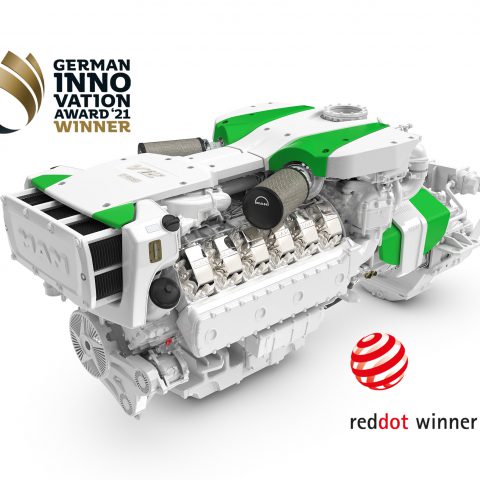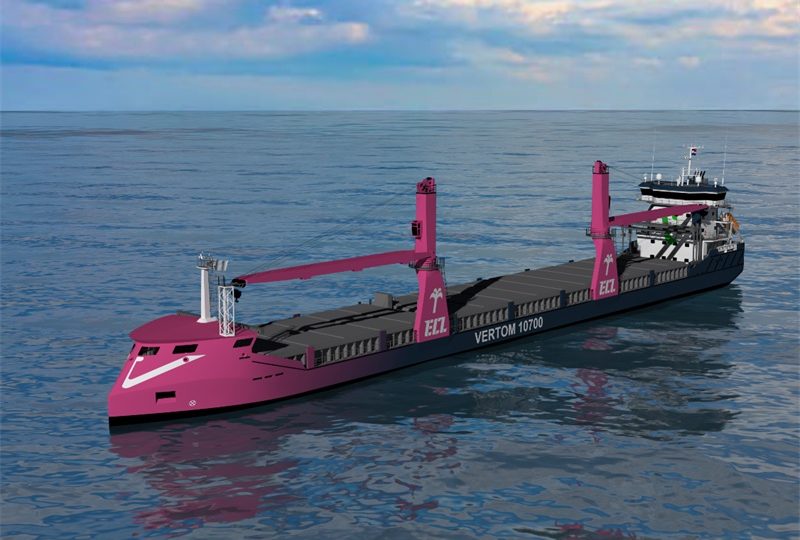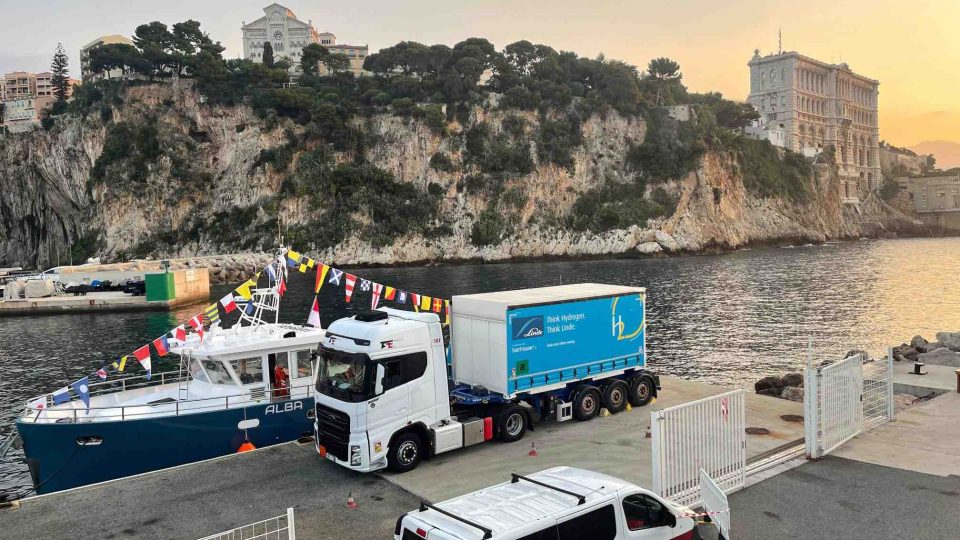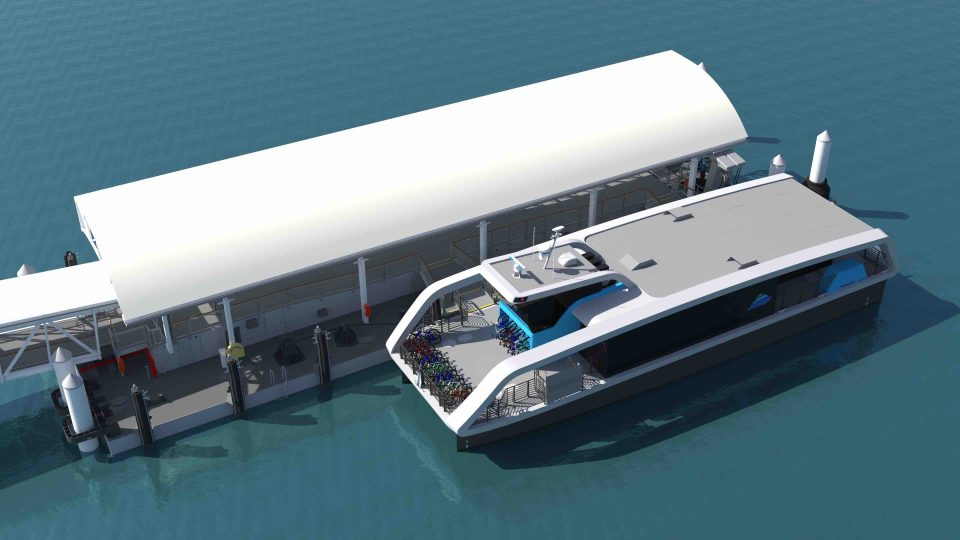MAN Smart Hybrid Experience
It's been called the MAN Smart Hybrid Experience and is the opportunity to announce the launch of the hybrid package, premiered in Cannes.

MAN Hybrid experience is not just the headline of an event and an advertising catchphrase, it is the synthesis of experiences regarding the MAN Group. An example of electrification among buses, commercial vehicles and trucks with the lion on the front? The 18-metre Lion’s City with a 620 kWh battery and a range of 200 kilometres.
Talking about MAN hybrid for marine applications
And now let’s skip to our target, the hybrid propulsion for recreational and commercial boats. We’ll provide you a brief overview of the MAN Hybrid package. The both in-line 6 cylinders and V 12 are included in the modular concept for pleasure boats and work boars as well, able to provide from 290 to 1,471 kilowatts (394 – 2,000 hp) and a rated speed from 1,800 to 2,300 rpm. The IC engines are Stage V compliant and they can be coupled with electric motors with a rated power of 184 and 368 kilowatts. The E-motor is a permanent-magnet synchronous generator unit, able to reach the 96% efficiency ratio. A crucial feature of the E-motor is that it can be fully separated from the Diesel engine by an electromagnetic clutch. It can be used as drive motor and as generator in order to produce electricity. The batteries can be from MAN or an external supplier, with a voltage range of 600 and 800 volts and an energy capacity of up to 250 kWh. The four energy sources available for charging the batteries are shore connection, onboard genesis, main engines and solar cells.
The system performance
Focusing the requirements of each individual engine, the straight 6-cylinder delivers a total of 474 kilowatts (290 kW the ICE, 184 kW the E-motor). The V12, on the other hand, is capable of delivering 1839 kW (2500 hp): 1471 kW thermal and 368 electric.
We will shortly publish the in-depth article that has just been published in September’s Powertrain magazine.











